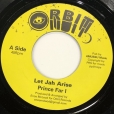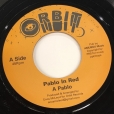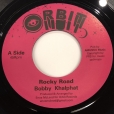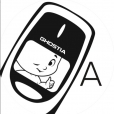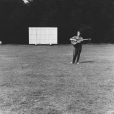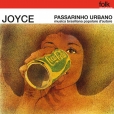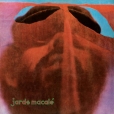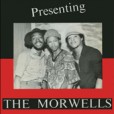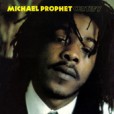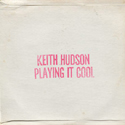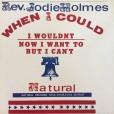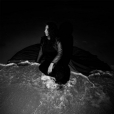Your basket is empty

Honest Jon's has enrolled with the European Union 'Import One-Stop Shop'. For EU customers, this means that you will not be charged any additional VAT or duty, nor any handling fees. No further costs.
Alice Coltrane
A Monastic Trio
Impulse! / Third Man
Her debut as leader, a year after John’s death, with Pharoah Sanders, Jimmy Garrison, Ben Riley and Rashied Ali steeply conjuring an ecstatic blend of JC and Bud Powell, blues, gospel and free jazz, trained unflinchingly on Nature and Truth, witches and devils, the Mystical and the Divine.
Tremendous music — deeply rooted, rawly searching, still thrillingly uplifting.
‘Verve By Request.’
Ghost Phone is back! Blowing in from Bristol with another hand of anonymous aces. Glossy R&B in flagranti and off its tits in a dank, heaving basement session.
The opener Hologram is characteristically greened-out: a 160bpm g-funk odyssey for the autonomic massive. Then it’s back to earth with Want U, a nectar-sweet, stripped-back dancefloor heater, complete with tongue in cheek nods to the Jersey Club sound.
Tough, loose jungle breaks revitalise a 90s classic on the flip, in So Gone; before Darkness Finds Home With U wraps things up with dense, heady atmospherics and ethereal vocals.
Live at the Jazz Workshop in San Francisco, at the close of 1961. Jackie Mac is on fire. Tearing version of Una Mas a year before the Blue Note. Leroy Vinnegar, Walter Bishop, Art Taylor.
Scorcher!
Andaleeb Wasif was a self-taught singer and harmonium player, born in Hyderabad, India, in 1928.
Here are six ravishing ghazals, setting some of the greatest Urdu poetry of the twentieth century, about love and longing.
Enigmatic, filled with pathos, timeless.
Superb recordings for Delroy Wright’s Live & Learn label, originally released as Jah Love in 1983. Post-Yabby You, post-Gunman.
Laid down at Channel One, with the Roots Radics and High Times bands, and The Tamlins on backing vocals; mixed by Scientist.
More than you could ask of a soundtrack album, even by Johnny Pate. Hard funk — nuff breaks — and street-style spoken word, atmospheric interludes, gunshot effects over a J.B.‘s-style workout, and the rest.
Lloyd Daley cream, from the end of the sixties. The Ethiopians, Alton, The Abyssinians, Dennis…
It was intended that one of Hudson’s teenage sons would voice the dubs. In the event the Love Joys, Wayne Jarrett, and most inimitably Hudson himself featured at the microphone. Like Wackies, Hudson was a Studio One devotee — ‘I used to hold Don Drummond’s trombone for him so I can be in the studio’ — and the album follows Coxsone’s recent strategy of overdubbing signature rhythms.
The Studio One sides were aimed at the dancefloor; Hudson’s reworks of tracks like Melody Maker are more psychological. Heavy Barrett Brothers rhythms are pitched down and remixed deeper still with reverb, filters and other distortion, and overlaid with new recordings of guitar, percussion, keyboard, voice, often crazily treated.
Originally released in 1981 on the Joint International label, in NYC.
Legendary, strange, compelling music.
This terrific 1965 session for the Danish label Oktav showcases nine original compositions by the baritone saxophonist, in zinging arrangements for a twelve-person brass section (including three occasional flautists, a euphonium, a tuba), vibraphone, piano…
The music is a florescence of Shihab’s tenures with Monk, Quincy Jones, and the Kenny Clarke-Francy Boland Big Band. The compositions are emotionally fleet-footed and highly evocative; the Radio Jazz Group plays exquisitely; Shihab is at his most buoyant and fluent. It makes you feel good, to listen.
The potent, weird 1974 set, on 180g vinyl. With a blaxploitation version of Rockfort Rock, covers of Phyllis Dillon and Maxine Brown, Hugh Masekela’s Riot, his own Melody Maker. Darkly brilliant as ever.

